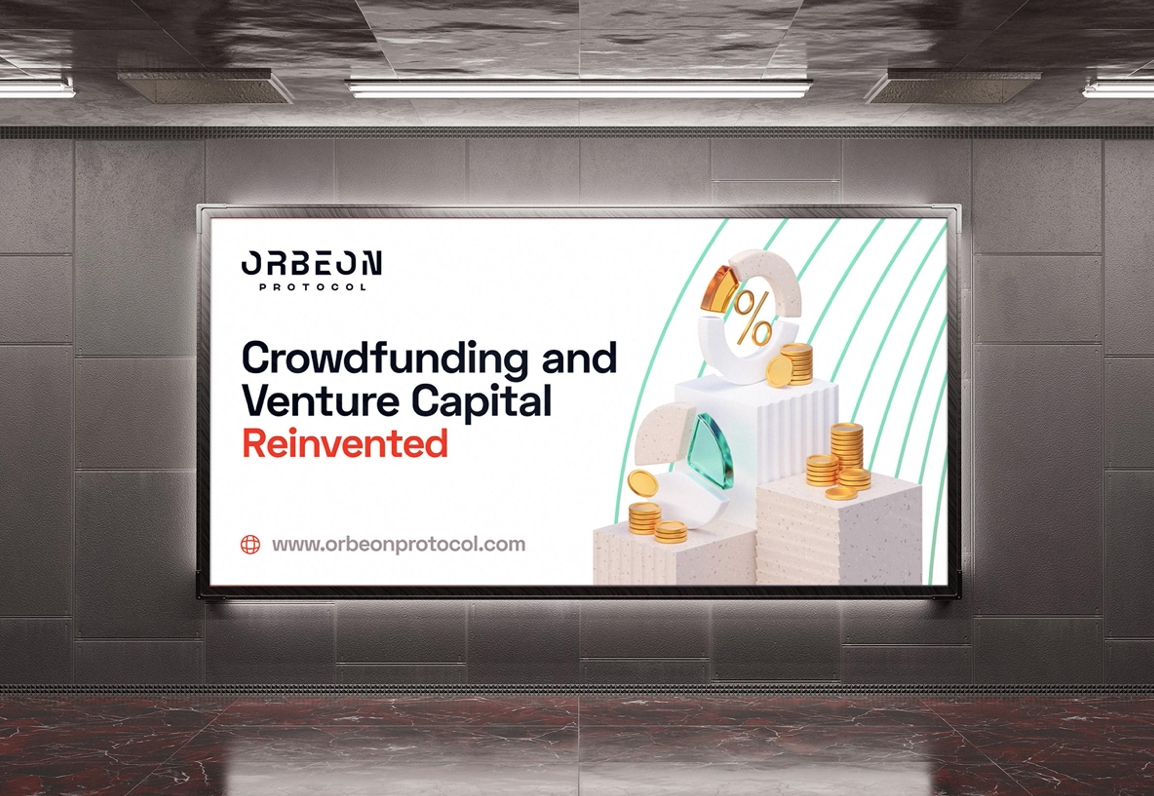I’m excited about the outlook for stocks this year.
This will come as a surprise to longtime readers since I’m not an economic forecaster. And I’m not a market timer.
Economic forecasting and market timing can’t be done accurately and consistently, even when done by the so-called “experts.”
(Correction: Especially when done by the so-called experts.)
So why am I making an exception and predicting that this will be a good year for stocks?
Because we’re in a truly unique moment.
Let me explain…
Successful investing is about looking forward. Yet virtually everyone today is looking back.
(That’s like driving down the San Diego Freeway while watching only the rearview mirror.)
You’ve heard endlessly – we all have – that inflation hit its highest level in over 40 years last year.
But are you aware that in the second half of the year it almost got back down to the Federal Reserve’s 2% target?
You didn’t hear about this stunning development because the government and media focus almost entirely on 12-month periods.
Over the last 12 months, the consumer price index (CPI) increased 7.1%.
But that’s because inflation averaged an atrocious 10.6% in the first six months of the year… and just 2.5% over the last five months.
(The December numbers will be released Thursday.)
Inflation is coming down because governments worldwide have stopped making boneheaded decisions.
Nearly three years ago – in what is now widely recognized as a horrendous overreaction to the spread of COVID – they shut down most businesses.
Manufacturing, transportation and retailing came to a screeching halt.
But human economic wants and needs are continual. Too much money began chasing too few goods, the classic cause of inflation.
And governments here and abroad made sure plenty of cash was available with trillions of dollars of deficit spending.
Part of this was unavoidable in the fight against a once-in-a-century pandemic.
But politicians – always eyeing the next election – added many trillions in pork to the necessary outlays.
The lockdowns and global spending blowout combined were enough to stoke inflation.
But central banks turned it into a raging fire by keeping interest rates near zero even as prices rose.
The business shutdowns screwed up the supply chain. The multitrillion-dollar deficits boosted spending. And the Fed made sure that the cost of money was practically nothing.
It was a perfect recipe for skyrocketing inflation.
But the lockdowns are over. And the supply chain – with a few exceptions like construction and the automotive industry – is no longer experiencing bottlenecks.
(Even a global chip shortage has turned into a global chip surplus.)
Higher rates strengthened the dollar. (Both are disinflationary.)
And the new Republican House – dysfunctional as they look right now – will hit the brakes on the Democrats’ nonstop spending spree.
This is all good news. Yet investors are afraid that the Federal Reserve will take interest rates so high that it will push the U.S. into a recession.
That’s a possibility. But the chances are small.
In the end, the Fed’s rate decisions are always “data dependent.”
There will not be further dramatic rate hikes with the CPI clearly falling.
Fed Chairman Jerome Powell is talking tough because he has egg all over his face.
He declared that inflation was merely “transitory” when it wasn’t.
Afraid of looking too dovish, he’s now trying to channel his inner Paul Volcker.
But we don’t have the entrenched inflation that Fed Chairman Volcker battled in the early ’80s.
That inflation had persisted for many years despite numerous attempts to rein it in. (Remember Richard Nixon’s failed wage and price controls?)
As I’ve pointed out, today’s inflation was caused almost entirely by too much government intervention in the economy.
Now the overreach is coming to an end – and the outlook is greatly improved.
I expect the Fed to end its tightening this quarter. That will set the stage for a serious rebound in stocks.
In short, 2022 was an ugly year for investors. But 2023 – and especially the second half – should be a thing of beauty.
Credit: Source link














